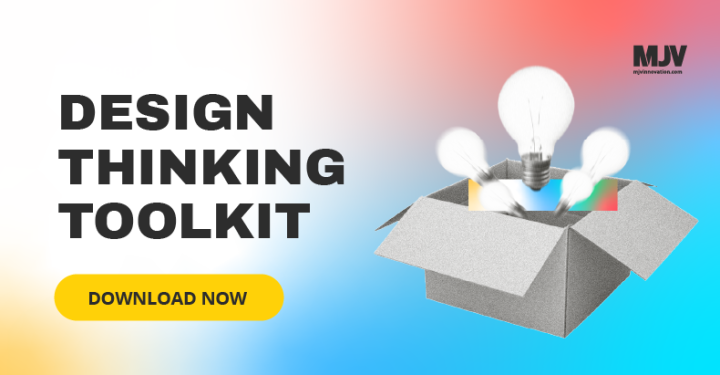A better way: combining Design Thinking and Business Intelligence
Companies have the opportunity to reinvent their whole way of management. It’s necessary, though, to admit that old solutions do not solve new problems.
To meet this need for innovation in processes, we present a full path to analyze problems and implement new actions.
The combinatorial approach to Business Intelligence with Design Thinking achieves an unprecedented level of comprehension of corporate realities, and it does so in a concrete way, incorporating the subjective factors of the human relationships involved.
Learn how to combine these forms of analysis and apply it in your business.
A new approach: BI and DT
A qualitative analysis of Business Intelligence is added through the experimental and collaborative methodology brought by Design Thinking.
The combination results in the ability to combine the numbers with the social aspect.
This process involves the integration of users as a central figure, in addition to considering the multiplicity of perceptions and actions contained in the various business sectors.
Big Data: data analysis is what really matters
The available data is not only useful for outlining a consumer profile on the internet.
In the movie Moneyball, for example, a coach facing the challenge of running a low-budget baseball team decides to employ data analysis to improve the performance of his players.
By crossing different types of information about the user, such as sharing information on different platforms, geolocation data, among others, it is possible to follow the user’s behavior, understand his motivations, expectations and tailor your business to better serve them.
The challenges of applying Big Data as a tool to leverage businesses include improving the power of collecting, structuring and interpreting information that is already available.
By doing this, you can generate insights for business, innovate upon better data interpretation, in-depth process coordination, policies, people and technologies to manage information assets and make more efficient decisions that deliver positive results for your business.
Companies need to be aware of changes in consumer behavior
The huge stream of data available nowadays was created due to the appearance of the internet and the era of smartphones.
In a survey conducted by Provokers – with 1011 smartphone users, aged 14-55, across classes A, B and C in Brazil – it was observed that the purchase process begins well before the trip to the physical store.
This year’s survey found that 79% of smartphone users expect immediate information when they look for something.
We live in the age of immediacy, in which individuals search for information on their smartphones, instead of using their computers, while performing several other tasks – such as exchanging messages, watching videos, sharing something on social networks, and so on.
According to the survey, in addition to not tolerating bad experiences on websites, 50% of consumers leave a mobile site that takes more than 3 seconds to load, which reveals a search for more and better experiences during their purchase journey.
E-commerce from different industries, for example, can compile huge volumes of data to create consumer histories, from the number of clicks or interactions, instead of just keeping a sales record.
By using historical information and data volume, you can make additional purchase recommendations and obtain a competitive advantage.
The key factor here is the speed with which feedback is obtained, from the input data to the decision-making process.
Below is a case study of a large banking institution that applied BI to identify patterns for the users of their bank accounts:
Case study: Business Intelligence with Design Thinking to create a new banking experience for a low-income audience
A major Brazilian financial institution used B.I. to identify patterns in their users’ banking accounts.
The analysis triggered the challenge to come up with a new banking experience for the low-income audience, aiming to better understand the different behavior patterns from this specific group of clients.
After an immersive period in underprivileged communities and rural areas from three different Brazilian states, the institution created different profiles (known as personas), which summed up the main characteristics of these clients.
The qualitative research data was then cross-analyzed with the quantitative data from the bank’s CRM database, which granted new layers to the customers’ profiles and helped identify the products that had the most adherence to each profile, as well as create new communication and sales strategies.
From the proposed challenge, a new digital solution was developed to increase sales and improve the relationships between bank managers and customers.
Between initial testing and the pilot stage, an effective increase in conversion rates was observed on all branches that used this new solution.
Back
